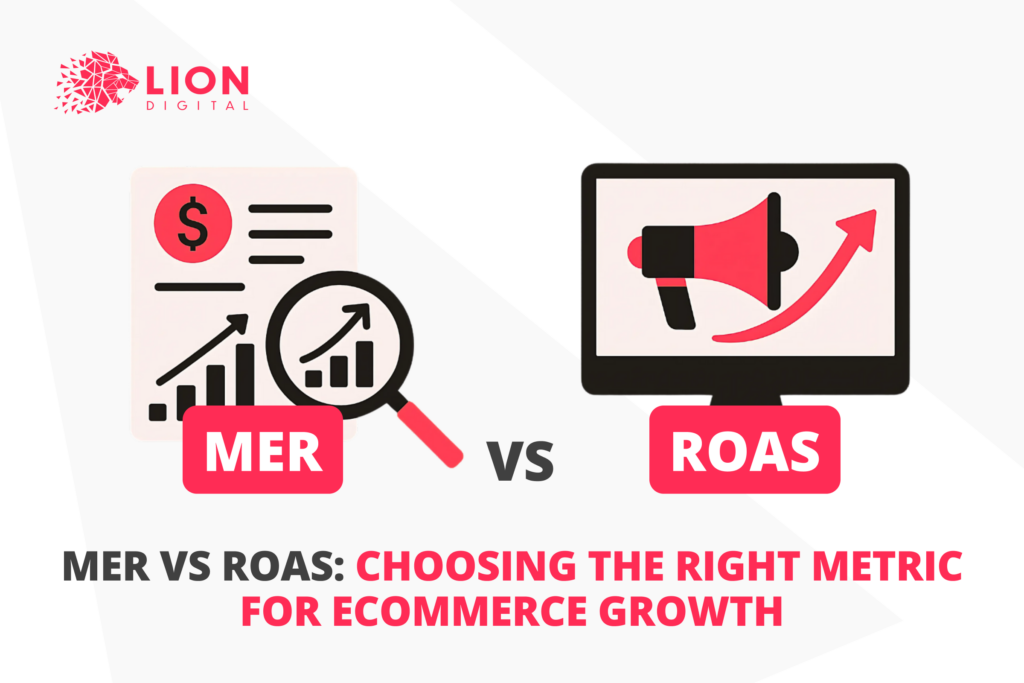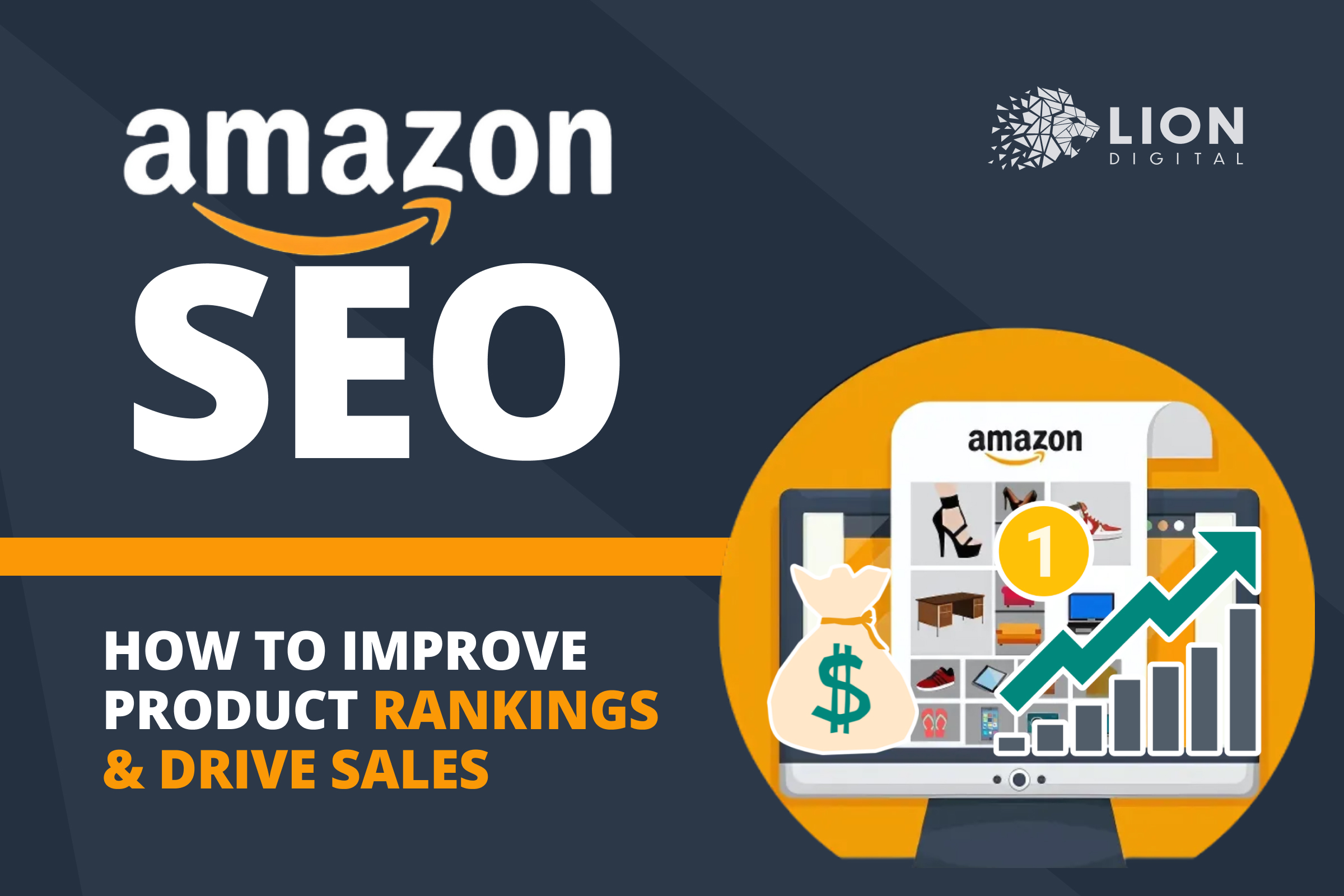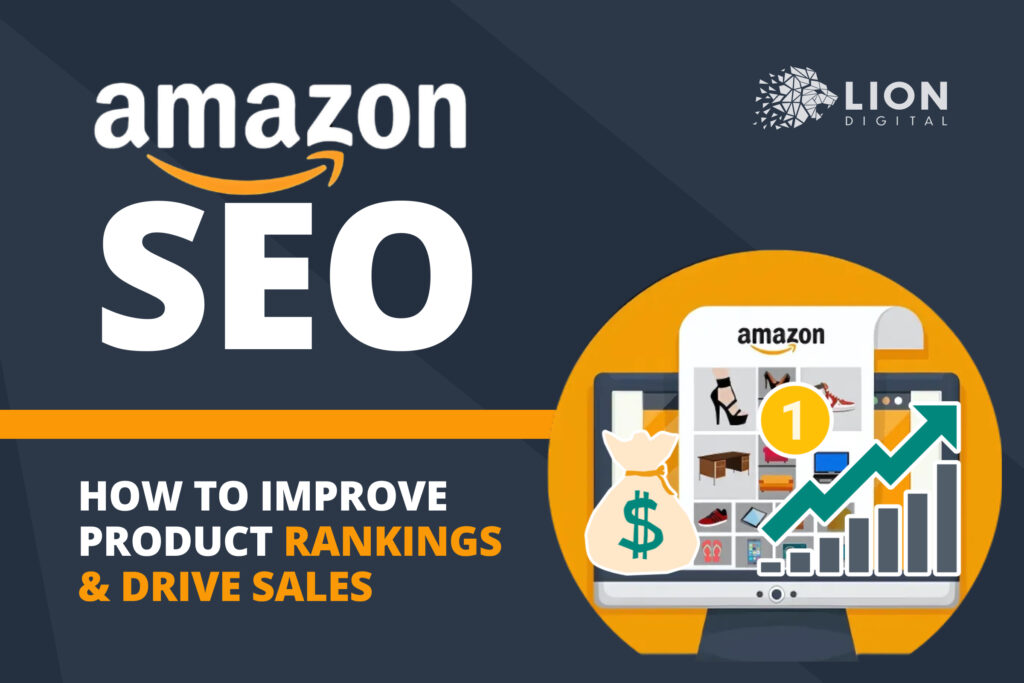
As eCommerce evolves toward more interactive and custom experiences, Preezie helps brands confidently navigate this transition. Born from a vision to bridge the gap between in-store and online shopping services, Preezie’s platform delivers conversational search, instant answers, tailored recommendations, product comparisons, and personalised sizing advice. Its innovative AI-powered shopping assistant successfully turns browsers into buyers. Now partnering with Preezie, LION Digital helps businesses benefit from conversational commerce capabilities that drive measurable results.
AI-Powered eCommerce Transformation
eCommerce is a very competitive landscape, and exceptional customer experiences are one effective way to differentiate a brand. Preezie’s platform transforms standard online shopping into interactive, personalised journeys and helps businesses strengthen customer trust, improve engagement, and dramatically increase conversions.
Replicating In-Store Service
Preezie’s platform goes beyond traditional search functionality by delivering human-like conversations. Shoppers can ask questions like “What goes with this jacket?” and the shopping assistant will provide accurate sizing and styling advice with AI-driven insights. Offering tailored product recommendations in real time and enabling direct add-to-cart actions from the chat, Preezie helps increase conversion rates by up to 110%. It also leverages cross-sells and dynamic bundling, improving average order value by 7%.
Tailored Support Across the Customer Journey
Preezie supports and guides shoppers every step of the way, from product discovery to final purchase decisions. The AI assistant operates within your tone and guidelines and handles all shopping interactions, including FAQs, shipping, and returns inquiries. It provides real-time support, reducing service tickets and call centre traffic and freeing staff for high-value tasks.
Quick Start and Seamless Integration
Preezie’s AI shopping assistant offers a straightforward setup, requiring no developer assistance. The platform automatically scrapes product data, maps attributes, applies brand styling, and implements guardrails to launch your AI assistant as quickly as possible. It integrates directly with your existing tech stack, whether you’re using Shopify, Magento, BigCommerce, or a custom solution.
You can customise and optimise AI shopping assistant responses to suit your business goals. Detailed analytics from chat transcripts help uncover valuable shopper intent, pain points, and trends to inform broader marketing strategies and ensure revenue growth.
Proven Impact with Real Success Stories
Preezie’s powerful effect is best demonstrated through the success of Blue Bungalow, one of Australia’s leading fashion retailers. They wanted to replicate their personalised in-store shopping experience online, help shoppers navigate a vast catalogue easily. They needed a solution that would reduce pressure on support teams and find relevant product alternatives quicker, eliminating endless browsing.
Blue Bungalow achieved all that and even more by implementing Preezie’s conversational AI assistant. The results speak volumes:
- Time spent on site doubled
- Add-to-cart rate is up by 40%
- Conversion rate increased by 85% to 110%
- Average order value rose by 7%.
Rafaëlle Champagne, eCommerce Manager at Blue Bungalow, was impressed by the stats and Preezie’s capabilities, remarking: “You can shop our whole website without ever leaving the homepage!” And that’s an accurate description of how Preezie can transform your online store.
Enhancing LION Digital’s Services with AI Technology
LION Digital’s strategic partnership with Preezie offers a unique opportunity for clients to enhance their eCommerce experience with innovative AI-powered tools. You’ll gain access to a powerful platform that delivers:
- Fast deployment with automated setup.
- Instant personalisation through AI-driven sizing, styling, and product recommendations.
- Proven double-digit lifts in conversion rates.
- 24/7 automated support that slashes support tickets.
- Actionable shopper insights to fuel targeted optimisations.
- Seamless, brand-safe integration across all major eCommerce platforms.
While LION Digital excels at building and optimising stores, running multi-channel campaigns, fine-tuning UX, and driving targeted traffic to your store, Preezie seamlessly integrates to capture those visitors and turn them into buyers.
Together, we deliver measurable uplift across lead generation, on-site engagement, and post-purchase satisfaction, driving revenue growth for medium and large eCommerce businesses.
Contact LION Digital to Boost Your Revenue Growth
At LION Digital, we pride ourselves on hand-selecting quality partners that can amplify our customers’ performance. Our collaboration with Preezie is your chance to increase traffic acquisition and transform it into conversion growth.
Contact LION Digital today to schedule your personalised consultation. Our team of eCommerce specialists will evaluate your current setup and identify key opportunity areas where conversational AI can drive immediate impact for your brand.
Take the next step in your digital commerce evolution and see how AI-powered shopping assistance can enhance your customer experience, boost conversion rates, and increase average order values across your entire product catalogue.










